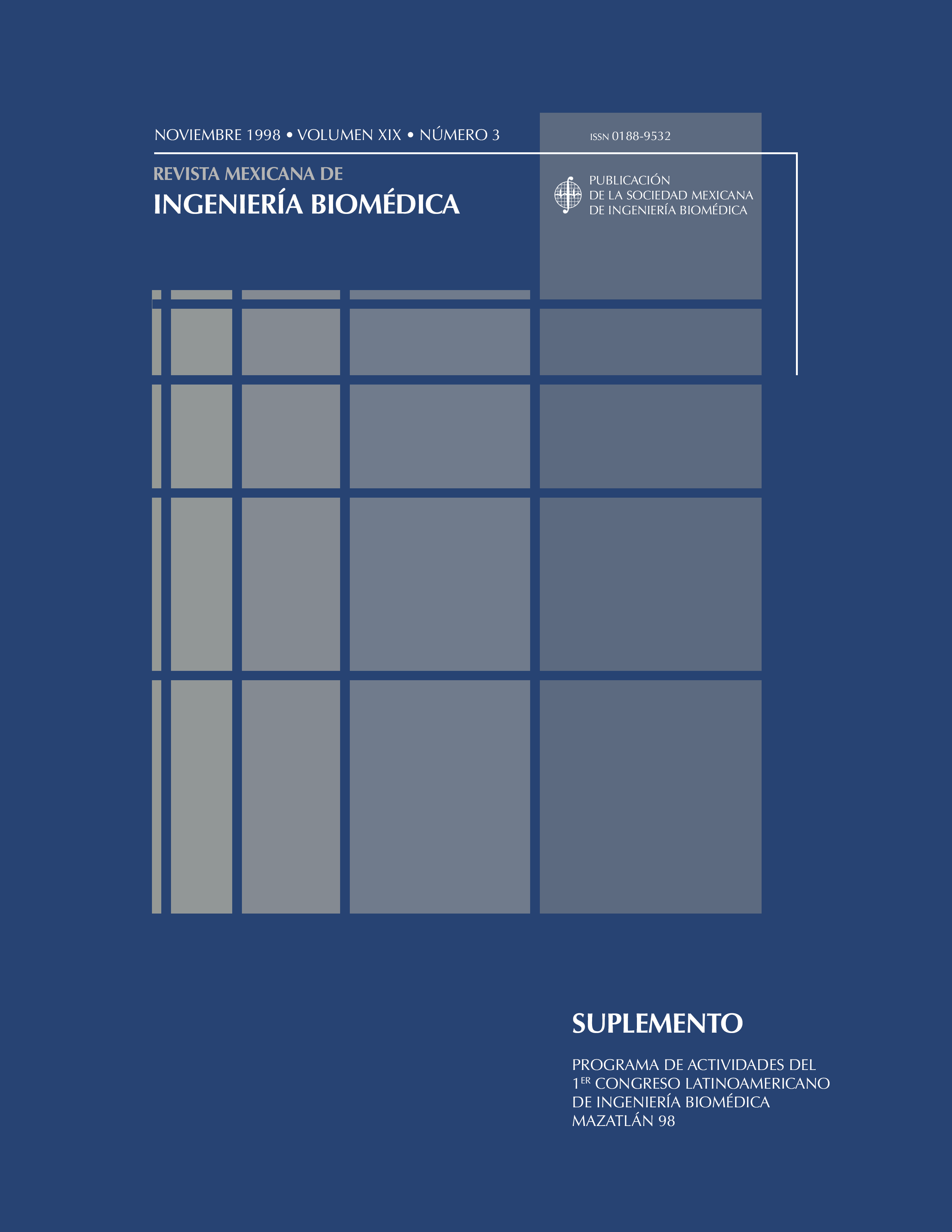Instalación y Operación de Sistemas PACS (Almacenamiento y Comunicación de Imágenes): Características Fundamentales
Abstract
Visual analysis of medical images is a fundamental tool of clinical diagnosis. Today, 80% of medical images are printed on radiographic film without regard to their origin, even when the original image is digital and the printing process degrades the image quality.
The development of digital tomography and other numerical methodologies have produced different types of data formats and digital storage systems. In the 80’s emerged the idea of creating a 100% digital radiology and imaging department. Such a department would rely on a network of image workstations, digital storage systems, and the image acquisition devices. This complete system has been named PACS (Picture Archiving and Communication System). This article presents a review of the fundamental characteristics of such systems and the applicable standards.
Downloads
Downloads
Published
How to Cite
Issue
Section
License
Upon acceptance of an article in the RMIB, corresponding authors will be asked to fulfill and sign the copyright and the journal publishing agreement, which will allow the RMIB authorization to publish this document in any media without limitations and without any cost. Authors may reuse parts of the paper in other documents and reproduce part or all of it for their personal use as long as a bibliographic reference is made to the RMIB. However written permission of the Publisher is required for resale or distribution outside the corresponding author institution and for all other derivative works, including compilations and translations.





